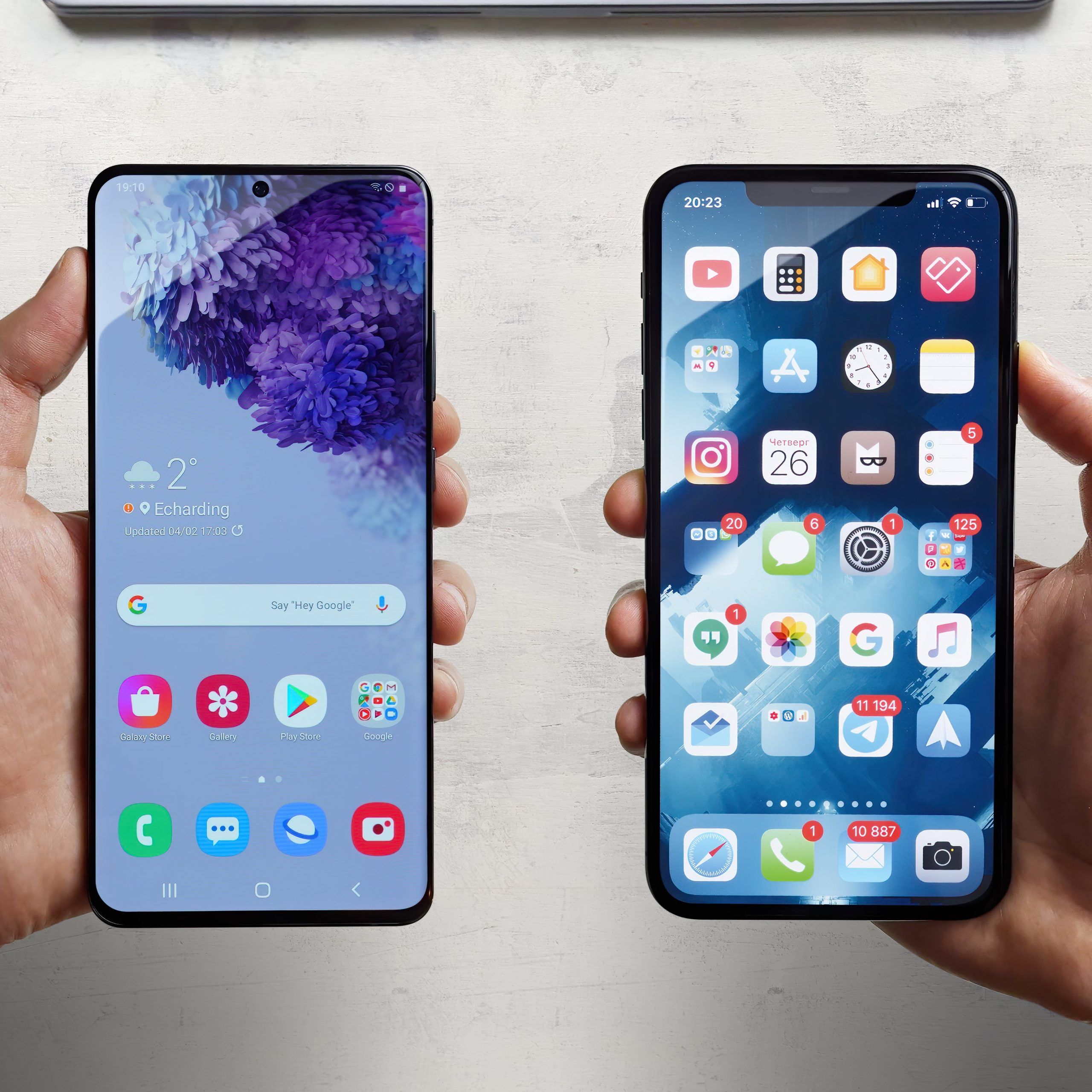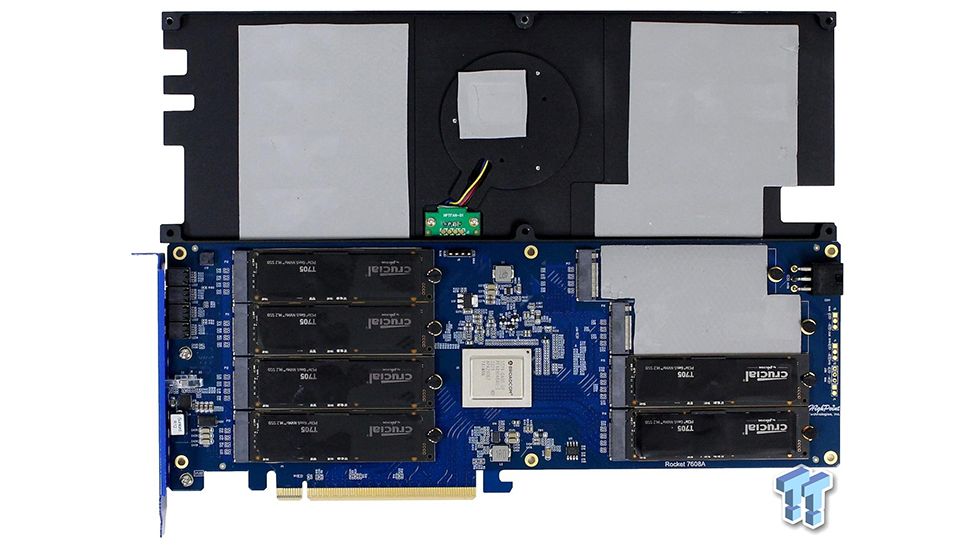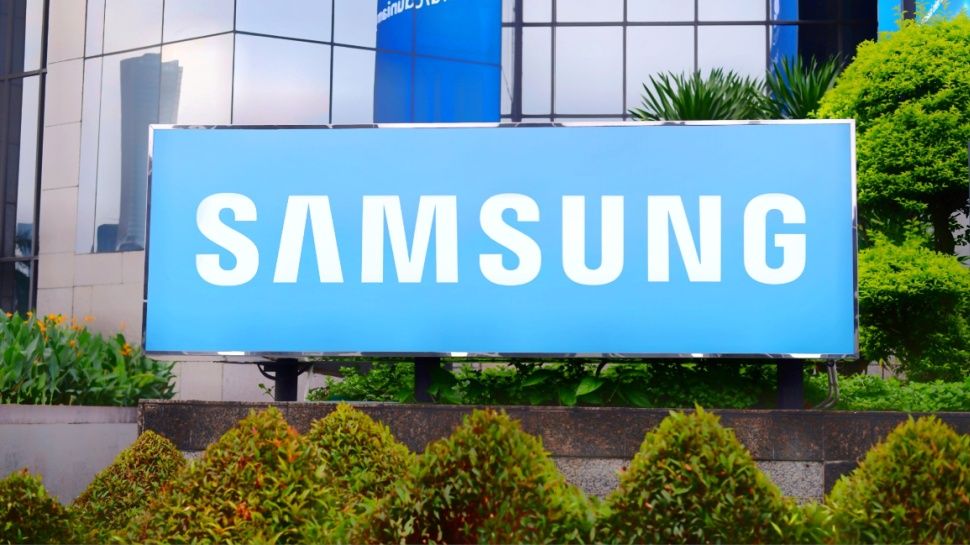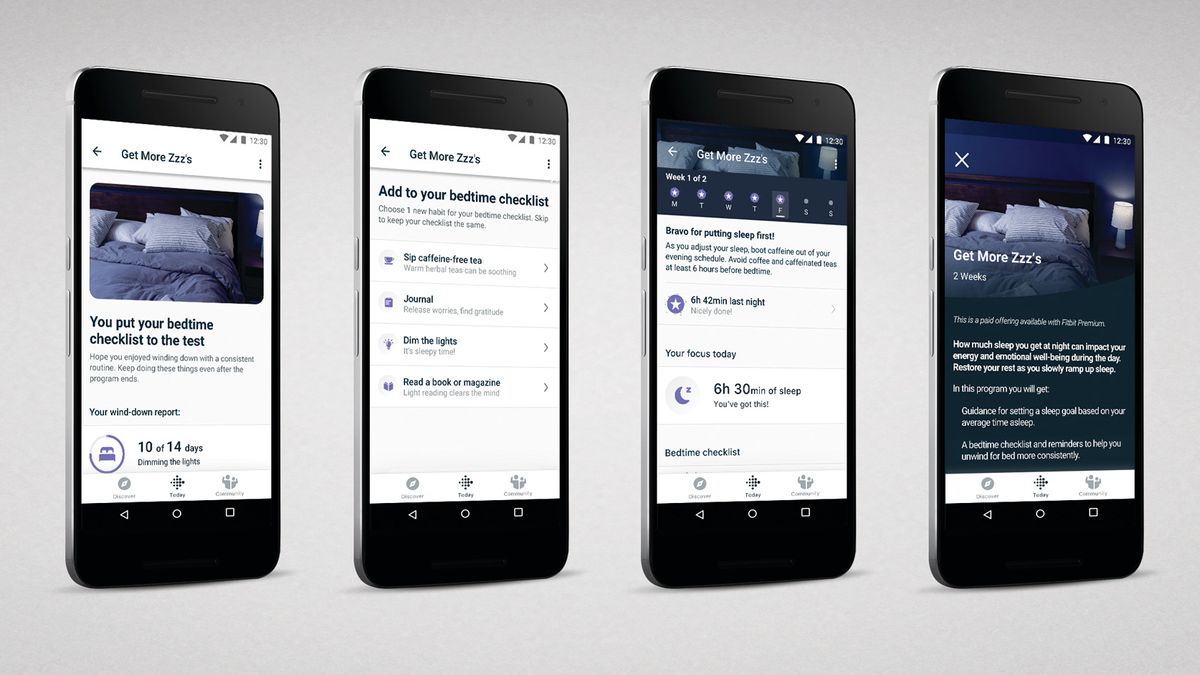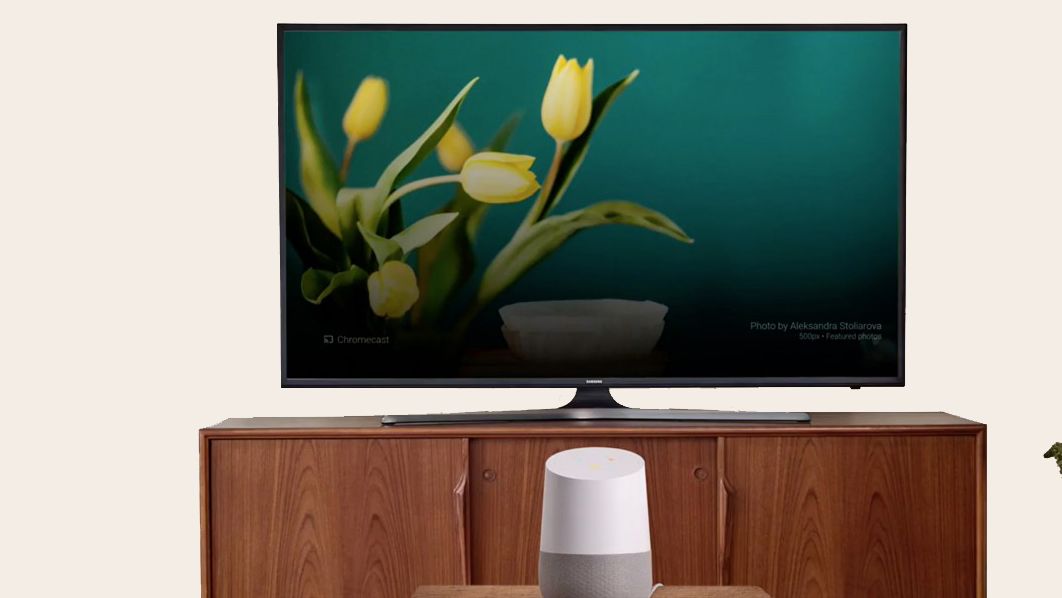There is no doubt about it: Android offers a fantastic ecosystem with some of the best phones and the best tablets that money can buy. When you opt for products fed by the Google operating system, you will find devices that cover almost all imaginable needs, from phones with budget to rich powers. It is also a highly customizable system that allows you to modify it in any way that you can imagine, unlike Apple blocked offers.
However, despite all that, I have never had an Android phone.
Of course, he had a sliding Samsung in the past, but that was probably before Android was even consideration within Google HQ (sincerely, it was also a terrible phone). Instead, I have faithfully stayed with Apple since I got an iPhone 3Gs, never since I ventured out of the famous walled garden.
So why have I never been tempted to change next to Android and abandon my Apple products forever, despite the open attraction of Google's mobile operating system? Well, there is one thing that has made me an Apple loyal for many years: the perfect way that Apple devices work together, and the incredible characteristics that this allows.
Apple controls both hardware and software that supports its products, and this is something that I think many people really underestimate. If Apple knows exactly what devices and operating systems will work, you know what kind of characteristics you can build, and know that these characteristics should work reliably for everyone.
With Android, he is talking about a wide variety of various hardware and software configurations. That has its benefits, but it also makes developers take all that variation. This shows problems with functionality and compatibility, which limits what can be done to a degree that does not happen with Apple.
For example, I love how I can place my iPhone on the monitor of my MAC and instantly becomes a webcam, software configuration is not needed. Or how I can use a single mouse and keyboard both in my mac and in my iPad, or drag and release a file from my iPhone to my Mac without problems.
Of course, some of these characteristics work on Android, more or less, but they are not so elegant. Apple's characteristics automatically and intuitively, without additional software to install and without a cumbersome configuration process to pass. My Apple devices recognize and work together without problems.
That is something that I simply cannot get on Android, anyway, not to the same extent. So, although Android has a lot to offer, it falls short compared to Apple when it comes to this shocking area.
Soft integration
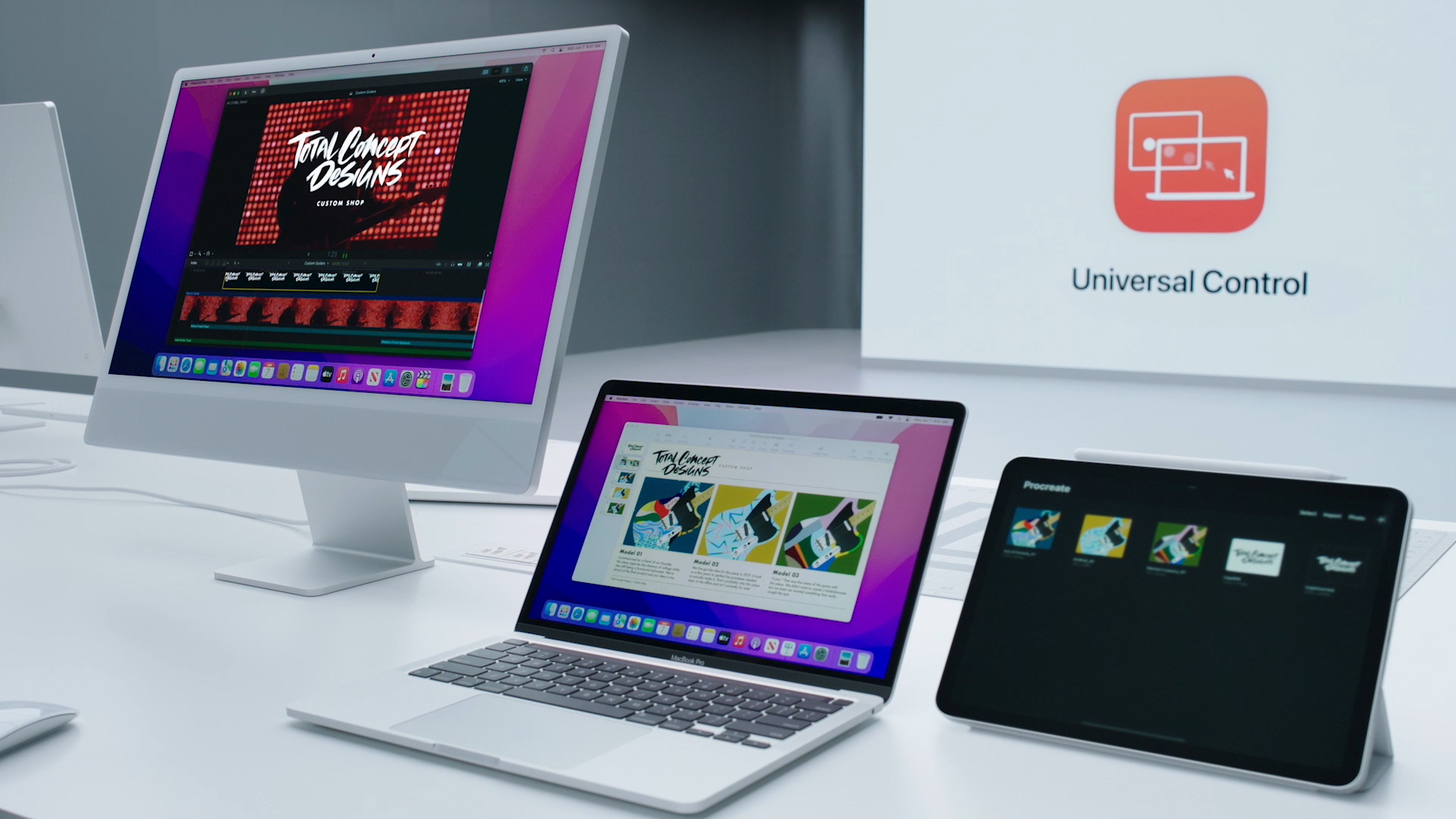
That said, my configuration is a bit more complicated than I originally did. In addition to my Apple kit, I also have a PC with Windows, which does not always play well with my iOS and macOS devices. Certainly I cannot use Apple exclusive such as transfer, universal control and more in iOS and Windows, for example. Although I can enjoy the United Apple ecosystem for the most part, there are still problems when it comes to my PC.
What I want is something that offers all this functionality in all My devices. I will not get that of Apple with its closed walled garden: after all, the company does not like to share. Things like the continuity chamber will never reach Windows, at least not native to Apple.
But at the same time, I will definitely obtain that functionality of Android, which is too dispersed and fragmented to offer the same type of integration that Apple can provide.
Ultimately, Apple still gives me the best way to make all my devices work together without close. I love how to use my iPhone, iPad and Mac Together unlocks all kinds of functions and ordered characteristics that I cannot get anywhere else, and I know that if I changed to Android, I would lose a lot of that.
I cannot say if there is a solution on the horizon that works for both Apple products and the world of Windows/Android. But for now, Apple has the advantage, at least for me. With luck, Android can find a way to catch up in the future.

